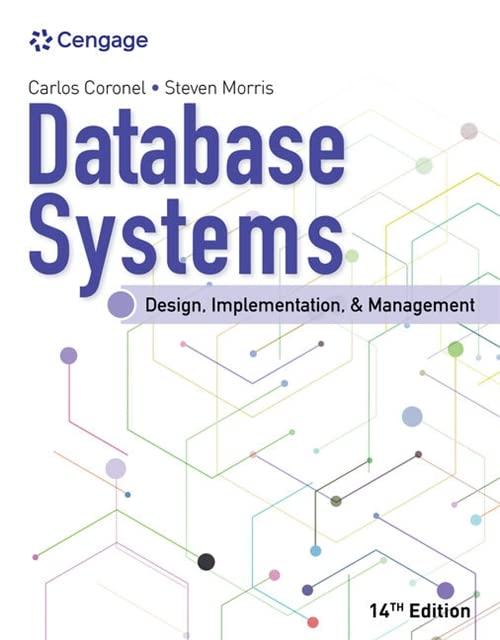Question
6. Design a single-precision (i.e., 32-bit) IEEE 754 standard floating-point adder with inputs a[31:0] and b[31:0] and output y[31:0]. Your adder need only work for
6. Design a single-precision (i.e., 32-bit) IEEE 754 standard floating-point adder with inputs a[31:0] and b[31:0] and output y[31:0]. Your adder need only work for positive numbers and use round toward zero (i.e., truncate). You should also ignore the special cases (given in Table 5.2 of the textbook). (a) Draw a black-box of the system (i.e., box showing inputs and outputs). (b) [35 pts] Draw a schematic of your design. Hints: Remember to use hierarchy (modules and submodules) to build your design. Use building blocks we have discussed, including variable shifters, multiplexers, adders, subtractors, etc. Think about how much the smaller mantissa should be shifted. If the exponents differ by 24 or greater, what happens to the mantissa of the smaller number?
Step by Step Solution
There are 3 Steps involved in it
Step: 1

Get Instant Access to Expert-Tailored Solutions
See step-by-step solutions with expert insights and AI powered tools for academic success
Step: 2

Step: 3

Ace Your Homework with AI
Get the answers you need in no time with our AI-driven, step-by-step assistance
Get Started


